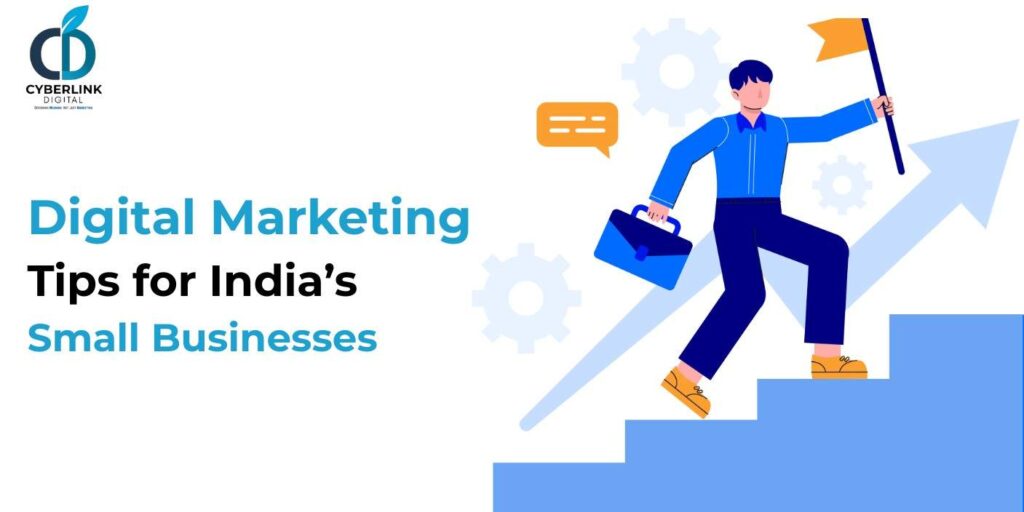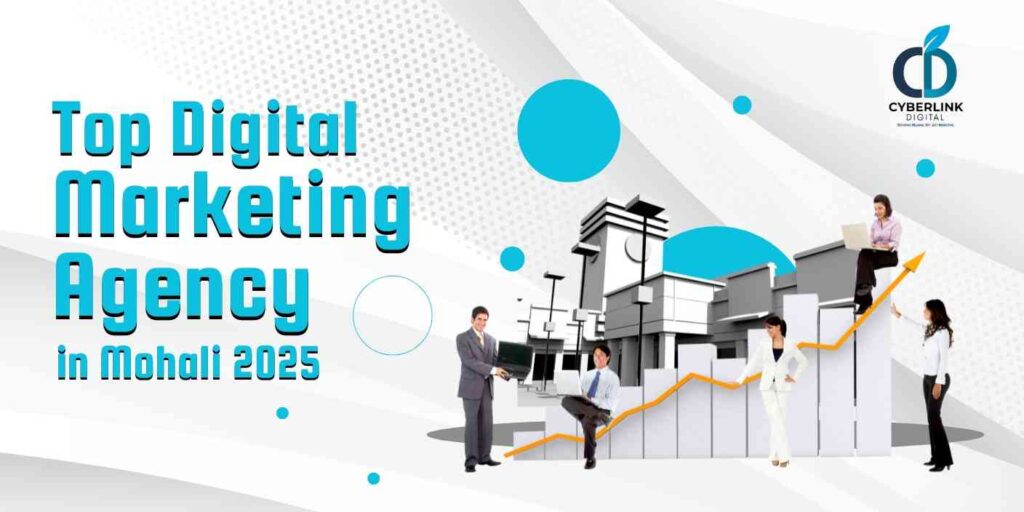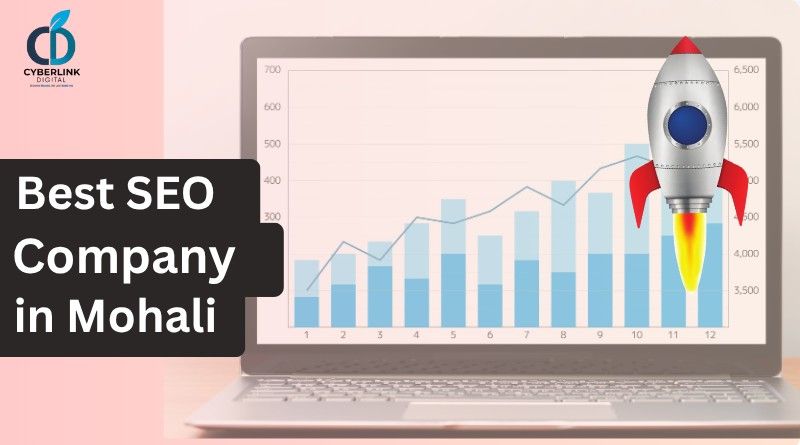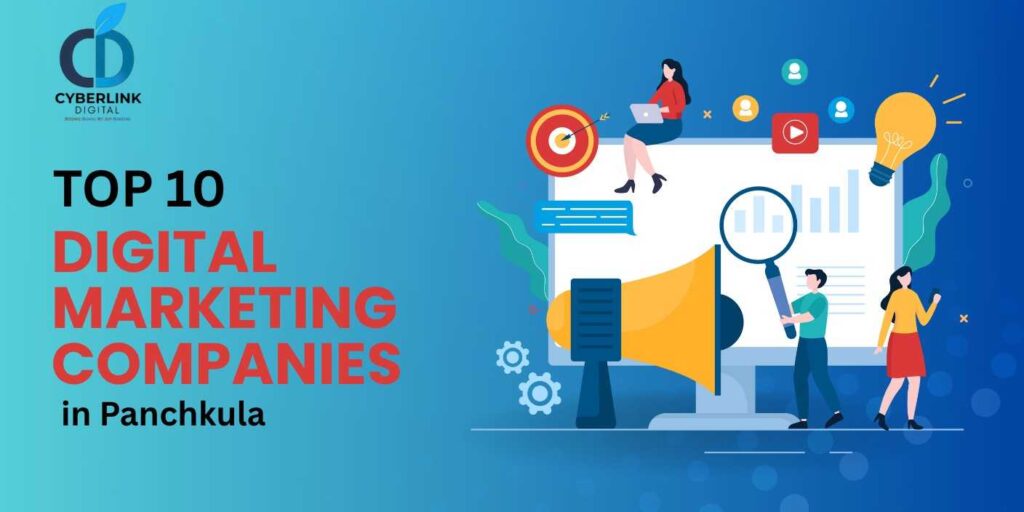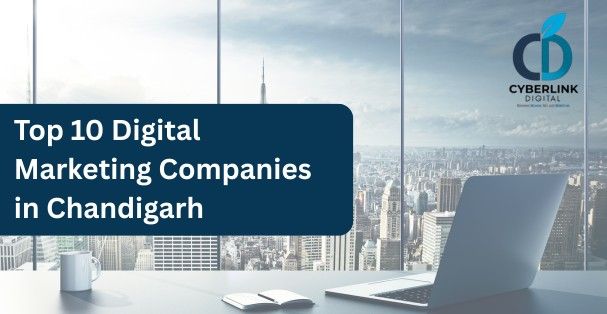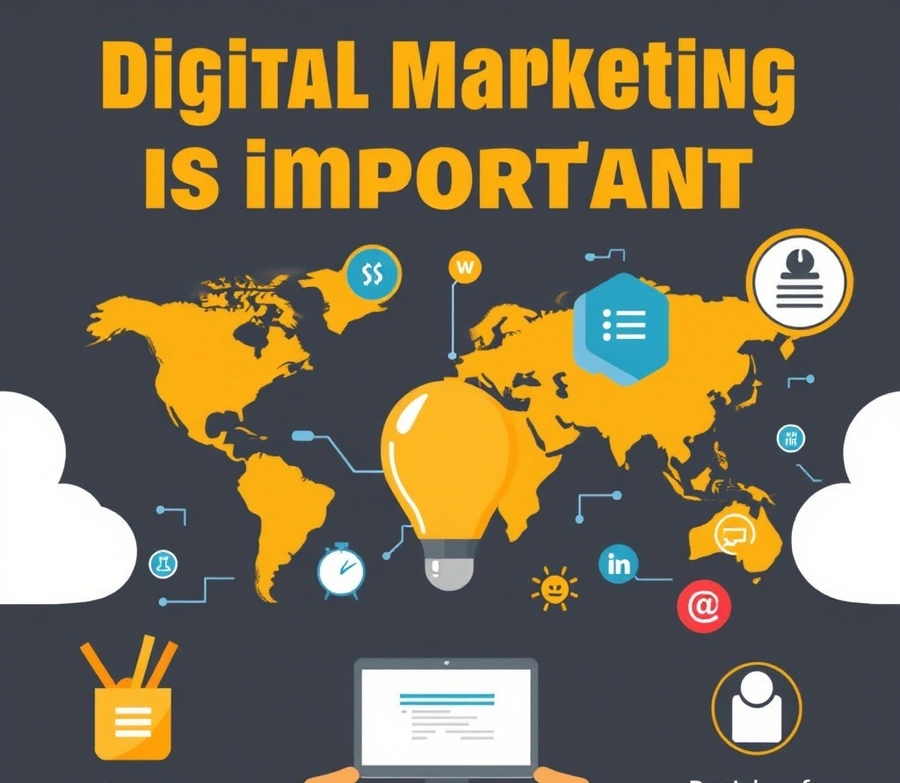What Is Paid Advertising? Unlock the Power of Instant Visibility
How Paid Advertising Works: How to Boost Your Business- Paid advertising is a internet marketing strategy where businesses or brands pay to showcase their ads on search engines, social media platforms and other websites. Unlike organic marketing, paid ads guarantee immediate visibility, allowing businesses to target their ideal audience with precision.

How Does Paid Advertising Work? A Step-By-Step Breakdown
1. Choose Your Advertising Platform: Find Your Perfect Audience
Paid advertising is available on multiple platforms, each catering to different business needs:
- Google Ads – Best for search-based intent
- Facebook & Instagram Ads – Ideal for visual and interest-based targeting
- LinkedIn Ads – Perfect for B2B marketing
- YouTube Ads – Great for video marketing and brand awareness
- Display Networks – Effective for retargeting and brand exposure
2. Define Your Target Audience: Laser-Focused Ad Targeting
One of the biggest advantages of paid ads is the ability to reach the right people. You can target based on:
- Demographics (Age, gender, location, income level)
- Interests & Behavior (Purchase history, browsing habits)
- Keywords & Search Intent (For PPC campaigns)
- Custom & Lookalike Audiences (For social media ads)
3. Set Your Budget & Bidding Strategy: Maximize ROI
Most paid ad platforms operate on a bidding system. You can choose from:
- Cost-Per-Click (CPC) – Is Paid only when someone clicks your ad display
- Cost-Per-Thousand Impressions (CPM) – Paid for every 1,000 views.
- Cost-Per-Acquisition (CPA) – Pay only when a conversion happens
- Cost-Per-View (CPV) – Used in video ads like YouTube
4. Create High-Converting Ad Content: Craft the Perfect Message
Your ad content is crucial to success. To maximize engagement:
- Use attention-grabbing headlines with power words
- Include a compelling call-to-action (CTA)
- Optimize for mobile-first viewing
- Add high-quality visuals or videos
- Keep it short, clear, and benefit-driven
5. Launch, Monitor, & Optimize: Data-Driven Success
Once your ads are live, continuous monitoring is key. Use analytics tools to:
- Track click-through rates (CTR) and conversion rates
- Adjust bids and targeting based on performance
- A/B test different ad creatives, headlines, and CTAs
- Scale successful campaigns and pause under-performing ones
Read more about – How to Rank in Google’s Local Pack: A Step-by-Step Guide (Click Here)
Google Ads vs. Facebook Ads: Which is Better and Reliable for Your Business?
How Paid Advertising Works: How to Boost Your Business. When it comes to paid advertising, the debate between Google Ads vs. Facebook Ads is one of the most common among marketers. Both platforms offer unique advantages, but choosing the right one depends on your business goals, target audience, and budget.
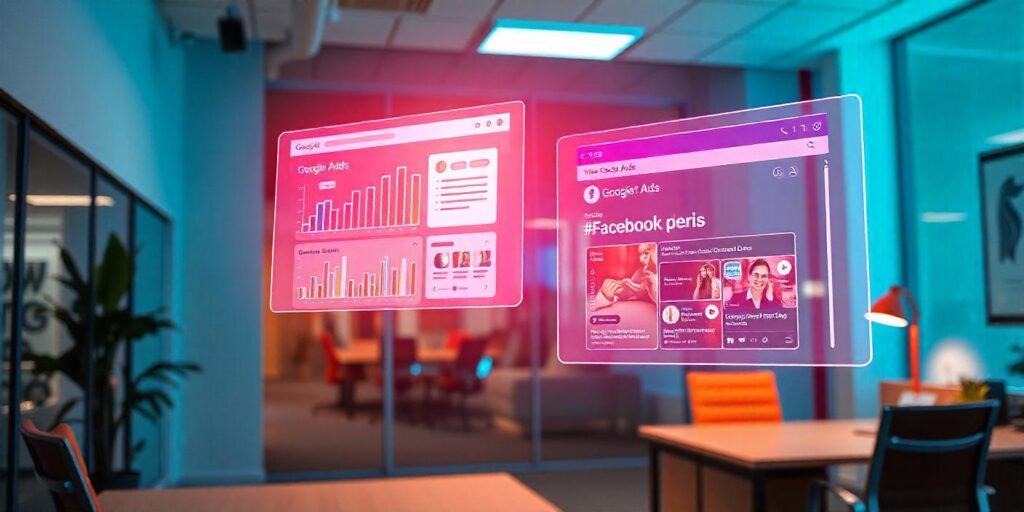
Google Ads: The Power of Search Intent
Google Ads, also known as Pay-Per-Click (PPC) advertising, is a powerful platform for businesses looking to capture high-intent search traffic. When users actively search for products or services using Google, businesses can bid on relevant keywords to appear at the top of search engine results pages (SERPs).
Best For:
Businesses offering products or services people actively search for (e.g., legal services, e-commerce, home improvement, SaaS products).
Ad Types: Search Ads, Display Ads, Shopping Ads, Video Ads (YouTube), Local Service Ads.
Key Benefits:
- High conversion rates due to search intent.
- Immediate top-of-page visibility.
- Pay only when someone clicks your ad.
- Advanced keyword targeting and location-based targeting.
Facebook Ads: The Power of Social Engagement
How Paid Advertising Works? Unlike Google Ads, Facebook Ads focus on audience targeting rather than keyword intent. This platform is ideal for businesses that want to build brand awareness, engage with potential customers, and re-target users based on their online behavior.
Best For: Businesses that thrive on visual marketing, storytelling, and social proof (e.g., fashion brands, fitness programs, lifestyle products, online courses).
Ad Types: Image Ads, Video Ads, Carousel Ads, Story Ads, Lead Ads.
Key Benefits:
- Highly detailed audience targeting based on interests, behaviors, and demographics.
- Low cost per click (CPC) as compared to Google Ads.
- Effective for brand awareness and customer engagement.
- Seamless integration with Instagram and Messenger for extended reach.
Google Ads vs. Facebook Ads: Which One Should You Choose?
The right choice depends on your marketing objectives and target audience:
- If your goal is high-intent lead generation and immediate conversions, Google Ads is the best choice.
- If you want to increase brand awareness, nurture relationships, and engage users visually, Facebook Ads is more effective.
- Many businesses combine both platforms for a well-rounded digital advertising strategy, using Google Ads to capture search-driven leads and Facebook Ads to build brand loyalty and retarget users.
Interesting Read here – The Power of Digital Marketing: Why It Matters and How to Leverage It
How to Optimize Your PPC Campaigns for Higher ROI
Pay-Per-Click (PPC) advertising is a powerful way to drive targeted traffic and generate leads, but without proper optimization, it can quickly become costly with little return. To maximize your Return on Investment (ROI), you need a strategic approach that combines data-driven insights, continuous testing, and audience targeting. Here’s how to optimize your PPC campaigns for maximum efficiency and profitability. Know, How Paid Advertising Works: How to Boost Your Business.
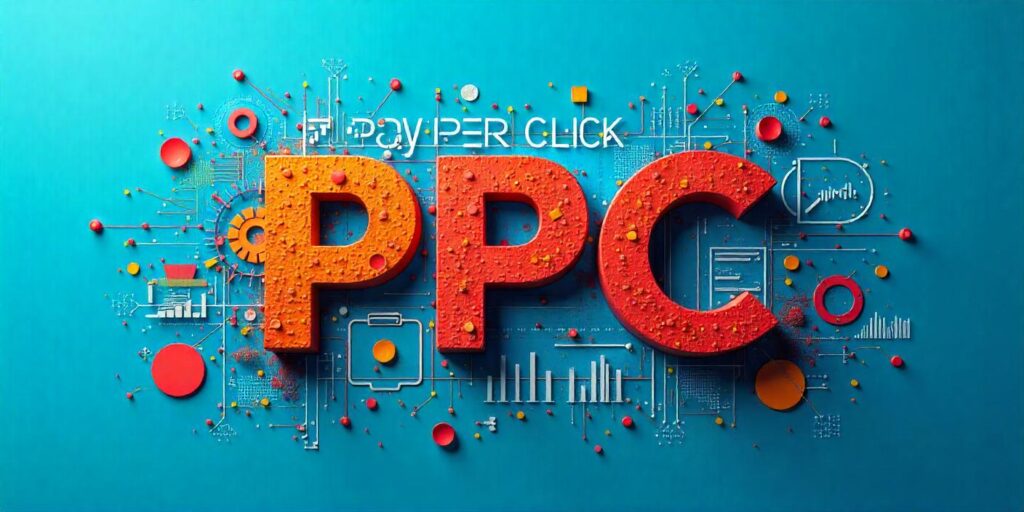
1. Conduct Thorough Keyword Research
Keywords form the foundation of any successful PPC campaign. Targeting the right keywords ensures your ads reach the right audience.
- Use tools like Google Keyword Planner, SEMrush, and Ahrefs to identify high-converting keywords.
- Focus on long-tail keywords, which typically have lower competition and higher conversion rates.
- Regularly update and refine your negative keywords list to avoid irrelevant traffic and wasted spend.
2. Improve Your Ad Copy for Higher Click-Through Rates (CTR)
Your ad copy is the first interaction users have with your brand. A compelling ad can significantly boost engagement.
- Write attention-grabbing headlines with numbers or strong action words.
- Highlight unique selling points (USPs) and address customer pain points.
- Use a clear and strong Call-to-Action (CTA) like “Get Your Free Trial” or “Shop Now & Save 20%.”
3. Optimize Your Landing Pages for Conversions
A well-optimized landing page can turn clicks into conversions. Ensure your landing pages:
- Have a fast loading speed (under 3 seconds) to reduce bounce rates.
- Feature a clear and concise headline that matches your ad’s message.
- Include a compelling CTA and remove unnecessary distractions.
- Are mobile-friendly, as over 50% of web traffic comes from mobile devices.
4. Leverage A/B Testing for Continuous Improvement
Testing different elements of your campaign helps identify what works best.
- Run A/B tests on ad creatives, headlines, and CTAs to find the highest-performing version.
- Experiment with different landing page designs and formats to maximize conversion rates.
- Analyze performance metrics such as CTR, Quality Score, and Conversion Rate to make data-driven decisions.
5. Utilize Audience Targeting and Retargeting
Reaching the right audience is key to PPC success.
- Use geo-targeting, demographic filters, and behavioral data to refine your targeting.
- Implement retargeting campaigns to re-engage past visitors and increase conversion chances.
- Leverage lookalike audiences to expand reach while maintaining high relevance.
6. Optimize Bidding Strategies for Maximum ROI
Choosing the right bidding strategy can significantly impact your PPC success.
- Use automated bidding (like Target CPA or Maximize Conversions) for data-driven efficiency.
- Adjust bids based on device, location, and time of day to maximize impact.
- Lower bids for broad keywords and increase bids on high-converting keywords.
7. Monitor & Analyze PPC Performance Regularly
Continuous tracking and optimization are essential to achieving long-term success.
- Use Google Analytics and PPC dashboards to track key metrics.
- Monitor Quality Score to maintain cost-effectiveness.
- Adjust budgets based on performance trends and ROI insights.
Optimizing your PPC campaigns for higher ROI requires a mix of strategic planning, data analysis, and continuous testing. By refining your keywords, improving ad copy, optimizing landing pages, and leveraging smart bidding strategies, you can drive more conversions while minimizing ad spend. Stay proactive, monitor your performance regularly, and adjust your strategy based on insights to achieve sustained success in your PPC efforts.
Read more about – PPC Services | Top Strategies in Digital Marketing
Retargeting Ads: How to Bring Back Lost Leads in 2025
In 2025, competition for online customers is fiercer than ever, and businesses cannot afford to lose potential leads. Retargeting ads (also known as remarketing) offer a powerful solution by re-engaging users who have previously visited your website but didn’t convert. With advanced AI-driven audience segmentation, privacy-first tracking, and cross-platform integration, retargeting is more effective than ever. Here’s how you can bring back lost leads using cutting-edge retargeting strategies. How Paid Advertising Works: How to Boost Your Business.

1. Understanding Retargeting Ads in 2025
Retargeting works by displaying tailored ads to users who have already interacted with your brand. This helps keep your business top-of-mind and encourages users to complete their journey, whether that’s making a purchase, signing up for a service, or any other conversion goal.
Latest Trends in Retargeting Ads:
- AI-Powered Dynamic Ads: Personalized product recommendations based on browsing history and engagement patterns.
- Cookieless Tracking Solutions: With the phasing out of third-party cookies, businesses are leveraging first-party data, Google’s Privacy Sandbox, and contextual targeting.
- Omnichannel Retargeting: Seamless remarketing across social media, search engines, email, and even connected TV (CTV).
2. Building an Effective Retargeting Strategy
Segment Your Audience for Personalized Ads
How Paid Advertising Works? Not all visitors should see the same retargeting ad. In 2025, AI-driven segmentation allows businesses to tailor their ads based on:
- Cart Abandoners: Users who added products to their cart but didn’t check out.
- Product Viewers: Visitors who viewed specific products but didn’t add them to the cart.
- Past Customers: People who previously made a purchase and are likely to buy again.
- Engaged Users: Visitors who spent time on your site but didn’t take action.
Use AI and Predictive Analytics
Predictive analytics helps businesses understand user behavior and intent. Platforms like Google Ads and Meta (Facebook) Ads now offer AI-driven bid optimization to show retargeting ads at the right moment.
3. Choosing the Right Retargeting Platforms
Google Ads Retargeting
- Utilizes Google Display Network (GDN) to reach past visitors across millions of websites and YouTube.
- Uses AI-powered responsive display ads to dynamically adjust creatives.
Facebook & Instagram Retargeting
- Best for social engagement and visual storytelling.
- Custom Audiences & Lookalike Audiences ensure higher relevancy.
LinkedIn Retargeting
- Ideal for B2B businesses looking to re-engage professionals.
- Uses Lead Gen Forms and InMail retargeting.
TikTok & Snapchat Retargeting
- Targets younger demographics with short, engaging video ads.
- Uses interactive ads and user-generated content (UGC) for better engagement.
4. Best Practices for High-Converting Retargeting Ads
Create Compelling Ad Copy & Offers
- Use urgency-driven CTAs like “Limited Time Offer – Complete Your Purchase Now!”
- Offer exclusive discounts or free shipping for returning visitors.
Optimize Frequency & Ad Fatigue
- Limit exposure to 3-5 times per week to avoid annoying users.
- Rotate ad creatives to keep content fresh.
Leverage Video & Interactive Content
- Retargeting ads with video content increase engagement by up to 80%.
- Use clickable story ads, carousel ads, and interactive polls.
Use First-Party Data & Privacy-Compliant Tracking
- Collect first-party data via sign-ups, emails, and CRM systems.
- Utilize Google’s FLoC, Facebook’s Aggregated Event Measurement, and server-side tracking for privacy-friendly retargeting.
5. Measuring & Optimizing Retargeting Campaigns
Tracking performance ensures you get the best ROI from retargeting ads. Key metrics to monitor include:
- Click-Through Rate (CTR) – Are users engaging with your ads?
- Conversion Rate – How many retargeted users take the desired action?
- Cost Per Acquisition (CPA) – Is retargeting improving cost efficiency?
- Return on Ad Spend (ROAS) – Is the campaign profitable?
Retargeting ads in 2025 are more sophisticated, AI-driven, and privacy-focused than ever before. Businesses that leverage smart segmentation, predictive analytics, and omnichannel marketing will see the highest ROI. If you’re not retargeting lost leads, you’re leaving potential revenue on the table. Implement these strategies today and start winning back customers effectively!
Final Thoughts: Is Paid Advertising Right for You?
How Paid Advertising Works: How to Boost Your Business. Paid advertising is one of the most powerful ways to grow your business online. Whether you’re looking to generate leads, increase sales, or enhance brand awareness, a well-optimized ad strategy can drive massive results. If you’re ready to take your business to the next level, start experimenting with different ad platforms and refine your campaigns for optimal success!
Top Digital Marketing Tips for India’s Small Businesses
Top Digital Marketing Tips Every Small Business in India Should Use Today For India’s small…
Double Your Leads with Digital Marketing in Chandigarh
Skyrocket Your Leads with Expert Digital Marketing in Chandigarh In today’s competitive business world, having…
Top Digital Marketing Agency in Mohali 2025
Looking for Mohali’s Best Digital Marketing Agency? If you are a startup intending to build…
Experience 10x Traffic Growth with Mohali’s #1 SEO Company
Grow 10x Faster Online with Mohali’s Top-Rated SEO Company Amplify your company’s growth 10x faster…
Top 10 Digital Marketing Companies in Panchkula
Top 10 Digital Marketing Agencies in Panchkula The business landscape in Panchkula is changing fast,…
Top 10 digital marketing companies in chandigarh
Top 10 Digital Marketing Agencies in Chandigarh Due to the increasing demand for digital marketing…

